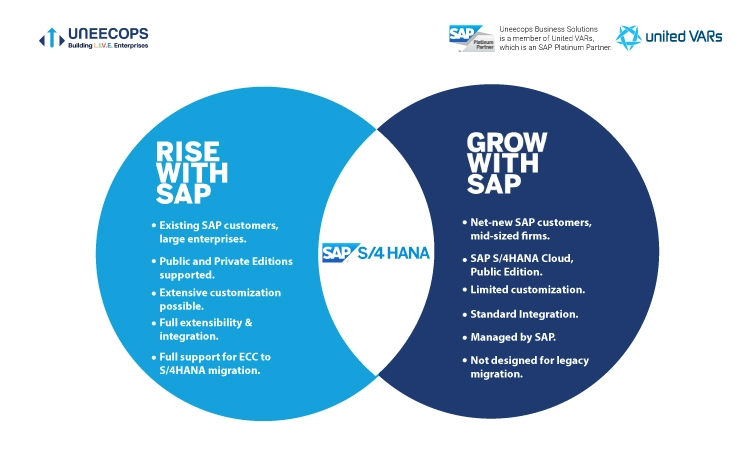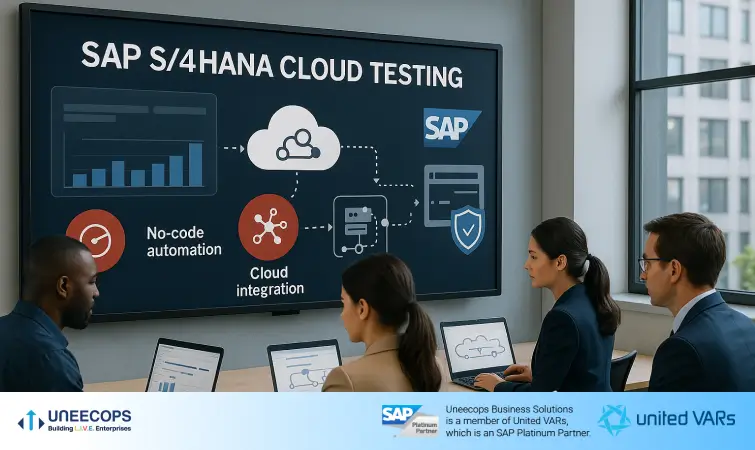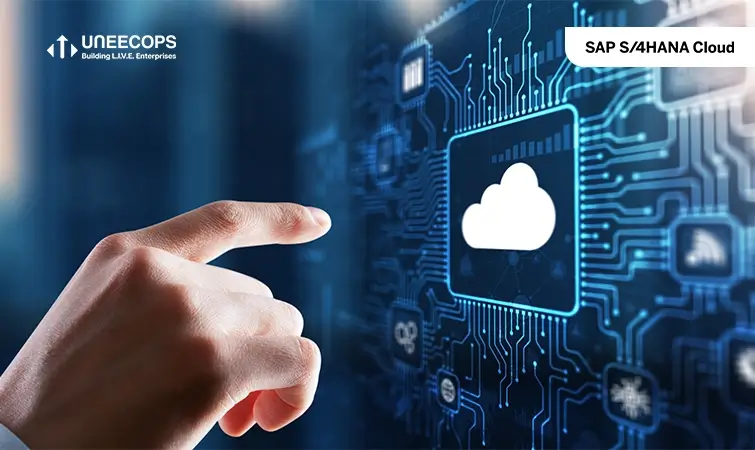Champagne corks popping, fireworks exploding and the entire world cheering! It’s the most wonderful and cherished time of the year where we are primed to mark the brand New Year with new dreams, aspirations and hopes. 2022 was a year filled with achievements, milestones, learning opportunities, success and a bag full of accolades. We received record-breaking awards from SAP making it a year to reminisce and even more energized in 2023.
As we welcome 2023, we want to make it a better and best year for us and all. For all businesses who ended 2022 on a high and optimistic note, we assume they have already digitized their business and moved towards the era of resilience, profitability and sustainability. But, for others, who were a little slow and struggled to make it toward the finish line; the best piece of advice is to be prepared well in advance, digitize their business environment with ERP and observe its latest trends.
Here are the top 2023 ERP trends we anticipate for the upcoming year.
- Inflation becomes the driving force for FP&A tools
Considering the widespread and stubborn inflation, we will witness an increased inclination of companies investing and adopting the financial and accounting aspects of ERP in 2023. For instance, there would be a sudden upsurge in cash flow visibility and analysis, financial planning and analysis (FP&A) and analytical activities that support a company’s major business decisions and overall financial health.
Companies will evaluate a robust ERP that has all aspects in-built like cashflow and financial analysis to understand cash requirements in seconds, perform liquidity forecasts in real-time, forecast in real-time and simplify payment management.
- Inventory management will still hit a priority
The unprecedented supply chain disruption that hit during the Covid-19 outbreak has had severe operational and financial repercussions, aggravating multiple challenges like demand drop, supply shortages, inventory placement challenges, and so on. Ths supply chain is certainly not out of the woods just yet. Many fast-growing companies are still evolving their supply chain planning function and repositioning the organization for growth. This only bolsters the case for companies to invest in an enterprise-ready ERP such as SAP to facilitate inventory fundamentals in 2023 and beyond.
- Industry ERP solutions are increasingly finding favor among CIOs
It always looks great in the catalog or on an e-Commerce website that “one size fits all”. But when it arrives it doesn’t meet our expectations always. Likewise, it sounds good when an ERP vendor tells you the same but is not practical. Every industry requirement is unique; thus, requiring more industry-specific features and functionalities. Industry-specific solutions like digital signature, bank integration, barcode integration, E-way bill, job work, and many others need less costs and time, leading to faster results, implementation and deployment. A lot of companies are looking at this to fast-track their implementation journey.
- AI, ML and IoT will enhance ERP and its impact
In 2023, we needn’t have to worry about artificial intelligence (AI) taking over our jobs and dominating our lives. Rather the smartest companies would want to walk hand-in-hand with intelligent automation in 2023 to make their lives easier and better. One of the emerging trends we will see in ERP trends is that emerging technologies like ML, AI, and the Internet of things (IoT) have matured, they are no longer sold as separate modules.
- Cloud Adoption: A Question Of “When” Not “If”
According to “Global 2023 Midmarket software spend is projected to be €281.2B, with cloud accounting for 76% of total software spend. By 2026, Cloud is predicted to approach 86% of total Midmarket spend (21.3% CAGR) “. Companies are aggressively jumping on the Cloud bandwagon at a much faster pace than expected. As long as Cloud gives 99.8%-plus uptime, it is no longer the question of “if” but “when”. While the benefits of the Cloud were already acknowledged, the pandemic further shone its value with any-time, anywhere access on mobile devices such as phones and tablets.
Currently, a great percentage of the ERP market in India is still on-premise. This will change over the next few years when the Cloud will surpass on-premise with maximum deployments on it. This trend is quickly catching up and it will continue to be there for the foreseeable future.
- Mobile ERPs becoming a juggernaut in the industry
Allied Market Research predicts the global smart mobility market will hit a value of $70.46 billion by 2027.
Mobile ERPs provide ready solutions for sales, distribution, delivery, warehouse management, and more. Further in a hybrid and remote working world, companies are considering mobile ERPs to access information from anywhere, at any time. Mobile ERP apps are designed to work “on the go,” and empower users to be armed with proof of delivery, real-time forecasting, stock updates, point-of-sale (POS), purchase approval, and more.
- A complete, integrated solution
Rather than using standalone software applications to run your departments, today’s ERP systems are packed with a wide-ranging functionality. This comprises business intelligence tools, customer relationship management (CRM), e-commerce, and multinational management. The old island of isolation seems to be gone now. Today a modern ERP system has it all integrated to support your business endeavors.
- Human- ERP Interaction
ERP has its UX of hundreds of menu items and thousands of interdependent fields. However, what companies seek today is ERP invites the user into a conversation. The future is not far from where business leaders can interact closely with ERPs and complete 80% of their tasks just by conversing with an ERP just like talking to a human.
- SAP S/4HANA Growth in New Markets
SAP S/4HANA isn’t just for big companies. Until recently, the majority of industries deploying SAP S/4HANA have been large conglomerates majorly into finance, insurance, automotive, engineering, construction, and operations. Now, in 2023 we will see a trend where mid-size industries are fast realizing the value of SAP S/4HANA and finding ways to bring this into their business ecosystem. As we usher in the New Year, there are more interesting trends to look for. We could see a gradual move from product to service offerings, technologies like the Internet of Things (IoT), and machine learning (ML) opening new doors for automation and many more. What’s your uptake for ERP trends in 2023? Let’s connect to discuss more.







